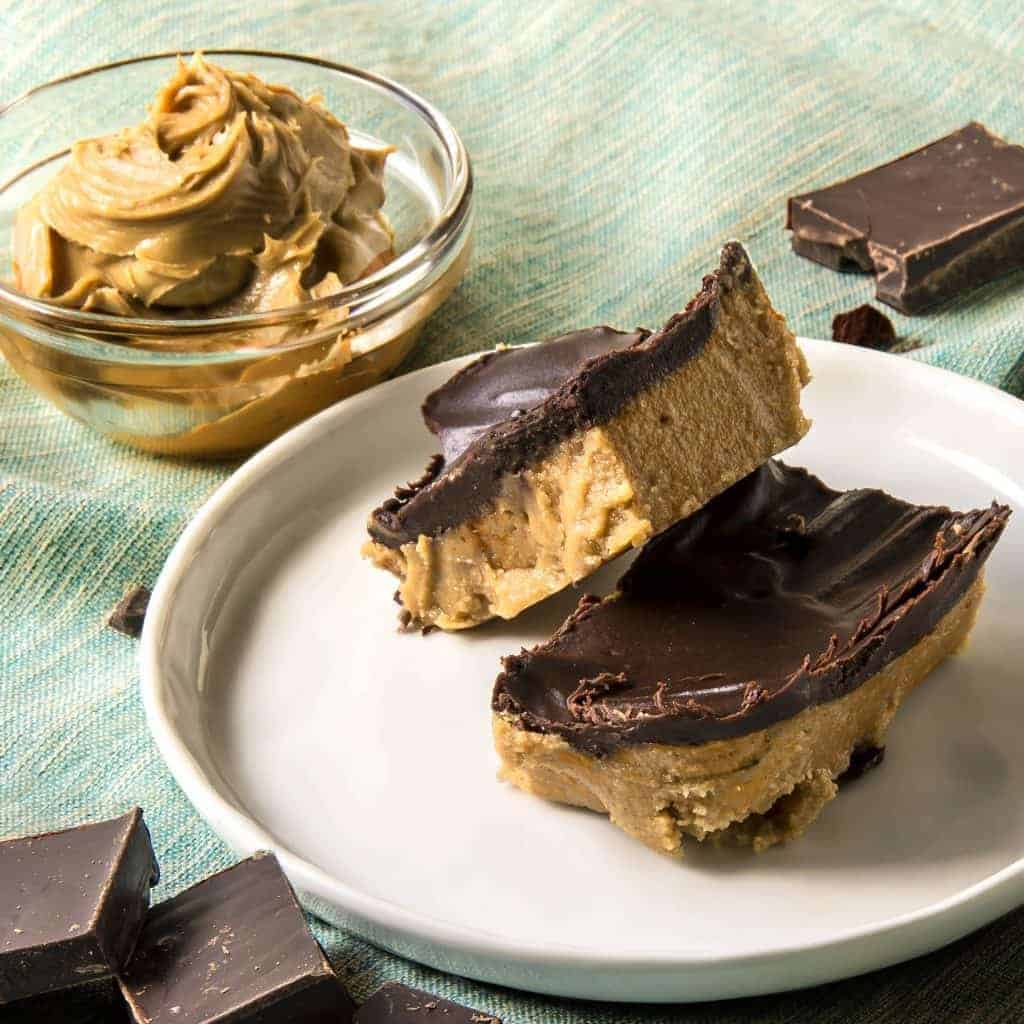Smart Ways to Optimize Keto Bread Nutrition in 2025
The rise of low-carb diets has brought attention to the benefits of keto bread. For those adhering to a ketogenic lifestyle, understanding keto bread nutrition is essential for maintaining health and achieving weight loss goals. With the continued evolution of keto recipes and ingredients, it's critical to stay updated on the nutrition facts associated with these bread options. In this article, we’ll dive deep into keto bread calories, its nutritional profile, and various creative ways to enhance the health benefits of homemade keto bread.
From gluten-free keto bread to high-protein options, we will explore the best keto bread varieties available today. Our roadmap includes key keto bread ingredients, tips for making the best keto bread, and how to effectively incorporate keto bread into your meals for optimal health benefits. You’ll also learn about the specific net carbs in keto bread, which are crucial for anyone monitoring their carbohydrate intake.
By the end of the article, you'll be armed with the knowledge needed to improve your keto bread recipes and better understand how they can fit into a healthy, low-carb diet.
Exploring the Nutritional Profile of Keto Bread
To appreciate the health benefits of keto bread, one must first understand its nutritional profile. Keto bread primarily features low carb content, making it suitable for those on a ketogenic diet. The ingredients used, such as flours from nuts like almonds and coconuts, contribute to the unique nutrient composition.
Nutritional Breakdown of Keto Bread
Keto bread generally has a significantly lower calorie count than traditional bread. For instance, while a slice of regular bread may contain around 80 calories, a slice of keto bread typically falls within the range of 40-60 calories. This can vary based on specific recipes and ingredients used.
The fiber content in keto bread is also noteworthy, as it often contains more dietary fiber than traditional breads, which aids in digestion and promotes satiety. Depending on the recipe, keto bread can yield a higher protein content, particularly if made with ingredients like almond flour or added protein powder.
Understanding Keto Bread Calories
Calories in keto bread come primarily from fats and proteins, as opposed to carbohydrates. This distinction is essential for those tracking their daily caloric intake while on a ketogenic diet. It's crucial to check the keto bread nutrition label when purchasing ready-made options, as some brands may contain hidden sugars or high-carb fillers.
Health Benefits of Incorporating Keto Bread
Using keto bread as a substitute for high-carb bread allows individuals to enjoy their favorite meals, such as sandwiches or toast, without straying from their diet. The benefits of keto bread extend beyond merely being a low carb alternative.
Keto Bread and Weight Loss
One of the most significant benefits of keto bread is its role in weight loss. Due to its low carbohydrate content and higher fat and protein ratios, keto bread can help control appetite and reduce cravings. This makes it easier for individuals to maintain a calorie deficit—a crucial aspect of effective weight loss.
Gluten-Free Options for All Diets
Many keto bread recipes are gluten-free, allowing those with sensitivity to gluten to partake in lower-carb bread options. When choosing keto bread for weight loss, it's vital to ensure that it remains nutritious while being free of gluten. For example, gluten-free keto bread made with almond flour or coconut flour can offer a delicious and safe alternative without the accompanying carbs found in wheat-based bread.
How to Craft the Best Keto Bread
Creating homemade keto bread equips you with complete control over the sugar content, ingredients, and overall nutrition. Here’s how to optimize your keto bread recipes effectively.
Selecting Quality Ingredients
The foundation of great keto bread lies in its ingredients. For example, using nut flour, such as almond or hazelnut, can significantly enhance the nutritional content. These flours are high in protein and healthy fats while being low in carbs compared to traditional wheat flour.
Balancing Macronutrients for Health
Another key to optimal keto bread nutrition is balancing macronutrients. Aim for a mix of healthy fats, proteins, and fiber to improve both the texture and health benefits of your bread. For instance, incorporating seeds like chia or flaxseed can boost fiber levels and promote healthy digestion.
Delicious Ways to Use Keto Bread in Meals
Optimizing keto bread isn't only about the baking process; it's also about how you incorporate it into your diet. Here are ways to creatively use keto bread in meals.
Keto Sandwich Ideas
Low carb options for sandwiches can be incredibly satisfying and versatile. Consider using your homemade or purchased keto bread to create classic sandwiches with healthy fillings like avocado, turkey slices, or spinach. These combinations not only keep carbohydrates low but also provide ample nutrients to fuel your day.
Breakfast with Keto Bread
Using keto bread for breakfast is not only an option but a delicious one with endless possibilities. Topping your keto bread with sugar-free nut butter, eggs, or cheese offers a nutrient-rich meal that aligns with keto principles.
Final Thoughts on Keto Bread Nutrition
Understanding keto bread nutrition is critical for anyone pursuing a low-carb lifestyle. With the creative optimization of your keto bread recipes, you can enhance the overall health benefits while satisfying your cravings for traditional bread. Consider incorporating these smart ways to optimize keto bread nutrition into your routine for a healthier lifestyle.
From monitoring calories and choosing the right ingredients to exploring new recipes, there are countless strategies to enjoy delicious, nutritious keto bread suitable for your dietary needs.
